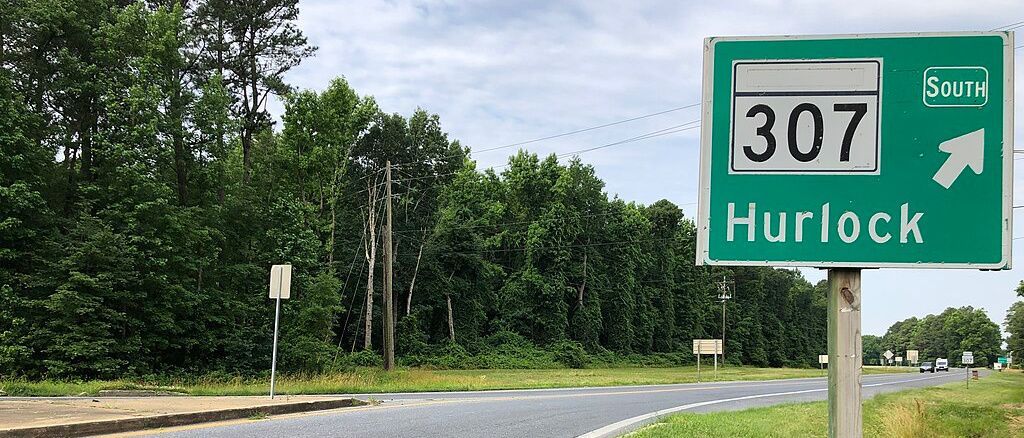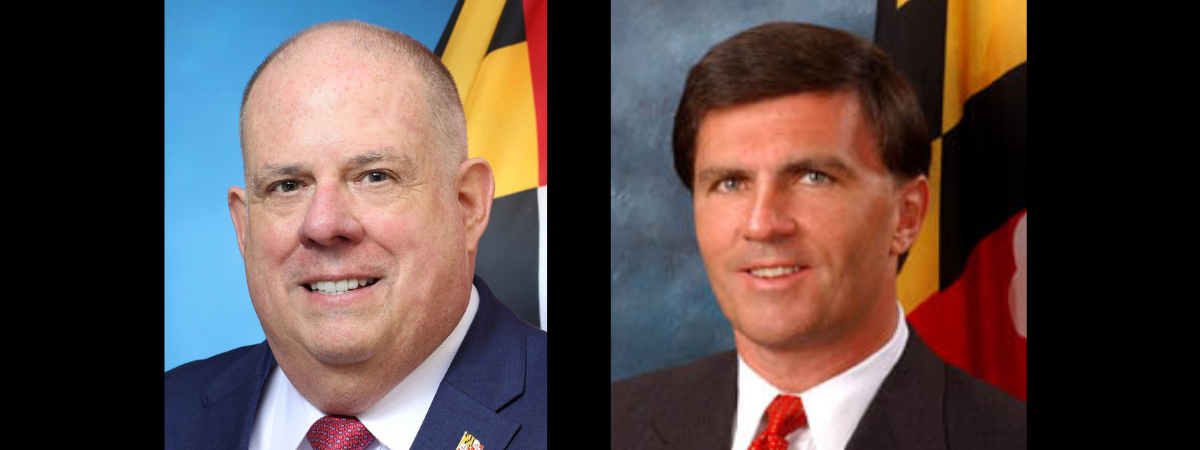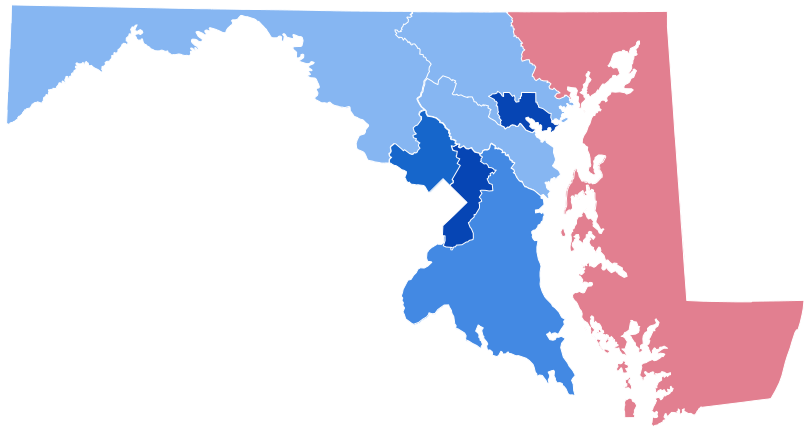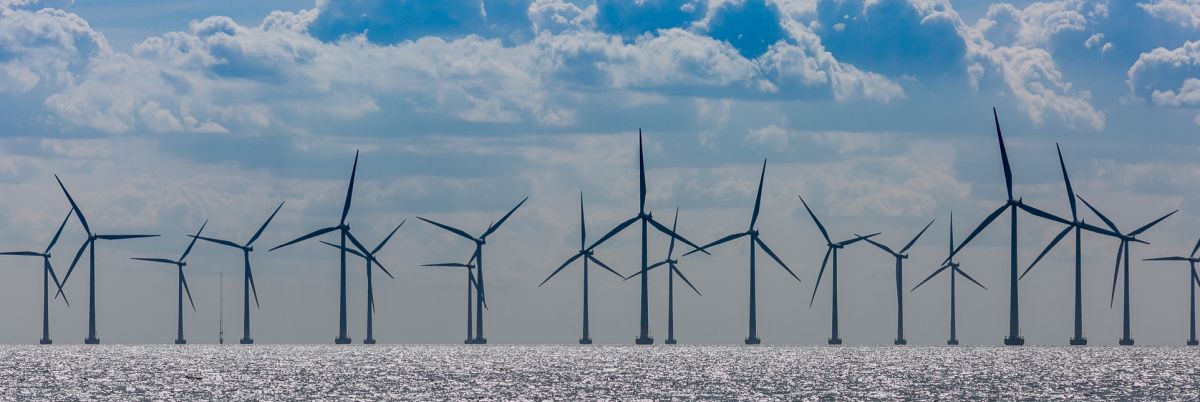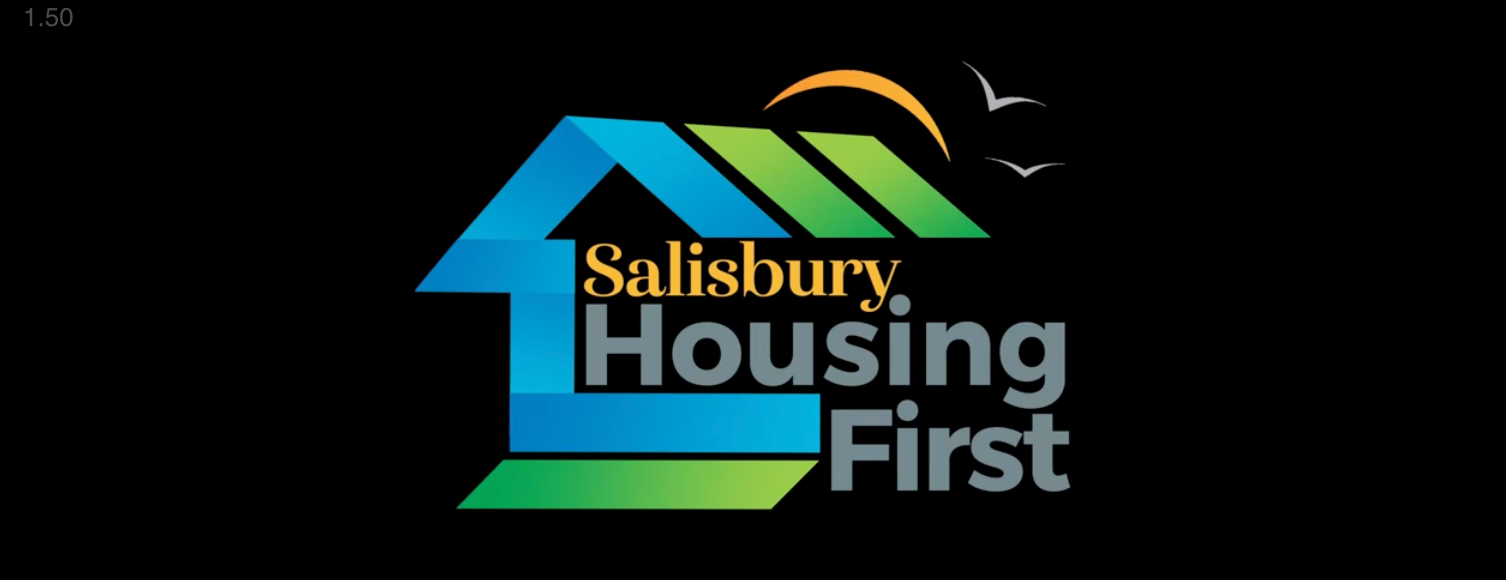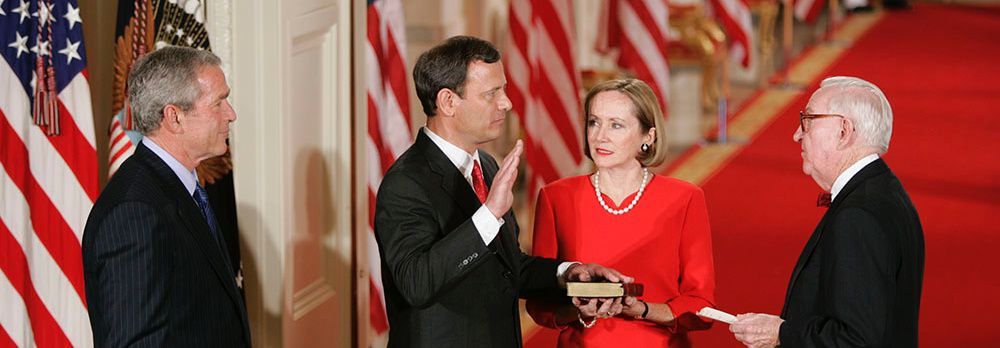Owners of Enslaved Persons on the Eastern Shore Who Served in the Maryland Legislature and in the U.S. Congress, Part 3

Article 24, Declaration of Rights, Maryland Constitution of 1864. Image: Maryland State Archives
This is the last of three articles about Eastern Shore owners of enslaved persons who served in the Maryland legislature and in the U.S. Congress. Part 1 covered the Lower Shore counties. Part 2 described the Mid-Shore counties. This article covers 14 enslavers who lived in the Upper Shore counties of Queen Anne’s, Kent, and Cecil.
- Ezekiel Forman Chambers (1788-1867), Kent
- John Angel Creswell (1828-1891), Cecil
- Levin Gale (1784-1834), Cecil
- Hart Benton Holton (1835-1907), Cecil
- Hiram McCullough (1813-1885), Cecil
- George Edward Mitchell (1781-1832), Cecil
- Joseph Hopper Nicholson (1770-1817), Kent
- James Alfred Pearson (1805-1862), Kent
- Philip Reed (1760-1829), Kent
- Samuel Ringgold (1770-1829), Kent
- Joshua Seney (1756-1798), Queen Anne’s
- Joshua Van Sant (1803-1884), Kent
- George Vickers (1801-1879), Kent
- Robert Wright (1752-1826), Queen Anne’s
The names of these politicians are taken from a
Washington Post project to identify enslavers.

Ezekiel Forman Chambers. Image: Wikimedia Commons
Ezekiel Forman Chambers
Born in Chestertown, Kent County, in 1788, Ezekiel Forman Chambers graduated from Washington College in 1805, was admitted to the Maryland bar in 1808, and established a practice in his hometown. He served in the War of 1812, becoming a brigadier general after the war. In 1822, he was elected to the Maryland Senate and was then elected to the U.S. Senate, from which he resigned in 1834. Chambers then served as presiding judge of the Second Judicial Circuit of Maryland Court of Appeals until 1851.
Chambers enslaved as many as 54 persons; his son, however, claimed he was an abolitionist.
During his time as a judge, he represented Maryland in a landmark case in defense of slavery. In that case, Edward Prigg was trying to retrieve alleged fugitives from across the Mason-Dixon Line. The Supreme Court in 1842 sided with the rights of enslavers to their property, establishing Chambers’s role as a major figure in the political debates about slavery. In 1858, he played an active role in the expulsion of Kent County resident James L. Bowers from his home. Bowers was rumored to be involved in abolitionist activities and Chambers ruled the local mob was justified in tarring and feathering him and chasing him out of town.
In 1864, Chambers lost his bid to be elected as Maryland’s governor. At that time, he still owned several enslaved persons, even though the new Maryland constitution of that same year abolished slavery. He died in 1867 and is interred in the Chester Cemetery.
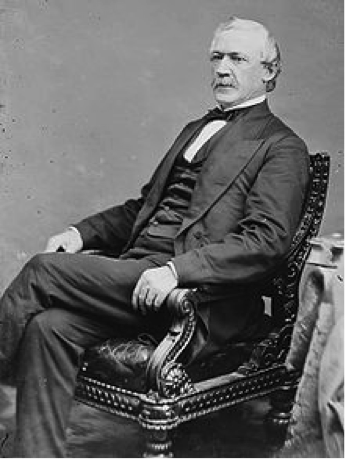
Hiram McCullough. Photo: Wikipedia
Hiram McCullough
Born in Elkton in Cecil County in 1813, Hiram McCullough studied at Elkton Academy, was admitted to the Maryland bar in 1837, and practiced in Elkton. From 1845 to 1851, he served in the Maryland Senate. After running for U.S. Congress in 1850 and losing, he was appointed as one of the codifiers of the laws of Maryland. Elected as a Democrat to Congress, he served until 1869. He then resumed his law practice and for many years was counsel for the Philadelphia, Wilmington, and Baltimore Railroad.
He was a delegate to the Democratic National Convention in 1864 and in 1868. In 1880 and 1881, he was a delegate in the Maryland General Assembly and was elected as Speaker of the House. He died in Elkton in 1885 and was interred in the Presbyterian Cemetery.
McCullough owned two male slaves in 1860, ages 30 and 35.
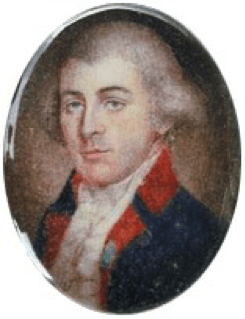
Philip Reed. Image: U.S. House of Representatives
Philip Reed
Philip Reed was born in Kent County near Chestertown in 1760. He served in the Revolutionary Army and reached the rank of captain. In 1787, he served in the Maryland House of Delegates. From 1791 to 1794, he was sheriff of Kent County. He was elected as a Democratic Republican to the U.S. Senate in 1806; reelected the same year, he served until 1813.
He was a lieutenant colonel in the Maryland militia during the War of 1812. Subsequently, Reed was elected to the U.S. House of Representatives and served from 1817 to 1819. He was elected for another term, 1822 to 1823. He died in 1829 and was buried in the Christ Church cemetery near Chestertown.
In 1800, Reed owned 10 enslaved people. That number had increased to 23 in 1820. At the time of his death, according to the 1830 census, he owned four enslaved persons.

Samuel Ringgold. Image: U.S. National Park Service
Samuel Ringgold
Samuel Ringgold was born in Chestertown in 1770, but moved to Washington County, where he farmed and served on the vestry of St. John’s Church in Hagerstown. He was elected to the Maryland House of Delegates in 1795, and later served in the state Senate (1801-1806). From March 1817 to 1821, he served in the U.S. House of Representatives. After leaving Congress, he returned to his estate, Fountain Rock. He died in Frederick and is interred in Fountain Rock Cemetery, near Hagerstown. In 1820, Ringgold was the owner of 28 enslaved people.

George Vickers. Image: Govtrack.us
George Vickers
Born in Chestertown in 1801, George Vickers was employed by the Kent County clerk’s office for several years. He was admitted to the Maryland bar in 1832 and established a practice in Chestertown. He served as a major general in the Maryland militia during the Civil War. One of his four sons fought in the Union Army; a second fought in the Confederate army and was killed at Shiloh.
A Democrat, Vickers was a U.S. senator from Maryland from 1868 to 1873. He reportedly rushed to Washington from Chestertown to cast his vote against President Andrew Johnson’s impeachment.
In 1870, he led the effort by southern Democrats to block the swearing-in of Sen. Hiram Revels of Mississippi, the first Black member of that body. Vickers argued the Dred Scott decision meant Revels had only been a citizen for two years, since the Fourteenth Amendment was ratified, and not the nine years required by the Constitution. The Senate voted down this objection, and Revels was sworn in.
After his Senate term, Vickers resumed his law practice and died in Chestertown in 1879. His remains are interred in the Chester Cemetery.
According to the 1860 Slave Schedule (population schedules used in the 1850 and 1860 Federal Censuses), Vickers enslaved eight persons, including two boys and one man, and three girls and one woman.
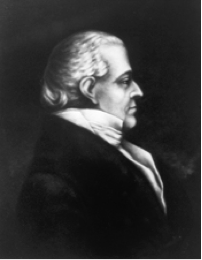
Robert Wright. Image: U.S. Senate Historical Office
Robert Wright
Robert Wright was born in Queen Anne’s County in 1752. He was admitted to the Maryland bar in 1773 and began his practice in Chestertown. He served during the Revolutionary War, first as a private, then as a lieutenant, and eventually as a captain.
From 1784 to 1786, he served in the Maryland House of Delegates, and in the state Senate in 1801. He was elected as a Democratic Republican to the U.S. Senate in 1801 and served there until 1806. From 1806 to 1809, he was governor of Maryland. In 1810, he was clerk of Queen Anne’s County.
Wright served in the U.S. House of Representatives from 1810 to 1817. He was subsequently reelected and served from 1821 to 1823. Then, until his death in 1826, Wright was district judge of the lower Eastern Shore district. He was buried in the private burying ground of the DeCourcy family in Queen Anne’s County.
In 1820, Wright enslaved 20 persons, including 11 boys and young men, one man, four girls and young women, and three women.

John Andrew Jackson Creswell. Image: Brady-Handy Photographic Collection
John Andrew Jackson Creswell (mistakenly given the name John Angel Creswell in some sources)
Born in Creswell’s Ferry (now Port Deposit) in Cecil County in 1828, John Creswell is something of an enigma. First, there is a mistaken version of his name and second, he appears on a list of enslavers who served in the Maryland and U.S. legislatures.
Yet in all my research, Creswell is presented as an abolitionist by conviction who contributed in significant ways to that cause. One source suggests that he came to his abolitionist ideas somewhat late, which may explain why he has also been identified as an enslaver earlier in his life.
Even though it isn’t appropriate to discuss him further in the context of this article, I will address his interesting career in a future article.
Sources:
More than 1700 congressmen once enslaved Black people. This is who they were, and how they shaped the nation. Julie Zauzmer Weil, Adrian Blanco, and Leo Dominguez. Washington Post, Jan. 10, 2022.
Biographical Directory of the U.S. Congress, 1774-present
https://bioguideretro.congress.gov/Home/MemberDetails?memIndex=W000768
American Abolitionists and Antislavery Activists: Conscience of the Nation
Wikipedia, John Creswell
https://en.wikipedia.org/wiki/John_Creswell
Wikipedia, William Hindman
https://en.wikipedia.org/wiki/William_Hindman
Wikipedia, John Leeds Kerr
https://en.wikipedia.org/wiki/John_Leeds_Kerr
Wikipedia, Hiram McCullough
https://en.wikipedia.org/wiki/Hiram_McCullough
History, Art, & Archives, U.S. House of Representatives, Philip Reed
https://history.house.gov/People/Listing/R/REED,-Philip-(R000125)/
Find a Grave, George Vickers
https://www.findagrave.com/memorial/7954973/george-vickers
Wikipedia, George Vickers
https://en.wikipedia.org/wiki/George_Vickers
InfoPlease, Robert Wright
https://www.infoplease.com/biographies/government-politics/robert-wright-md
A native of Wicomico County, George Shivers holds a doctorate from the University of Maryland and taught in the Foreign Language Dept. of Washington College for 38 years before retiring in 2007. He is also very interested in the history and culture of the Eastern Shore, African American history in particular.
Common Sense for the Eastern Shore
